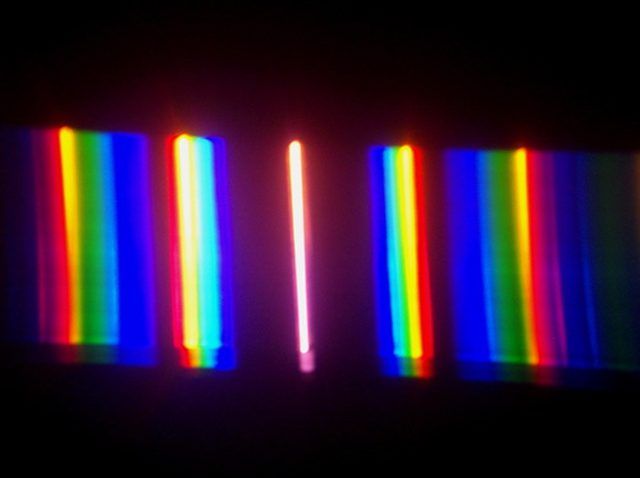Bulbs
Flower Basics
Flower Beds & Specialty Gardens
Flower Garden
Garden Furniture
Garden Gnomes
Garden Seeds
Garden Sheds
Garden Statues
Garden Tools & Supplies
Gardening Basics
Green & Organic
Groundcovers & Vines
Growing Annuals
Growing Basil
Growing Beans
Growing Berries
Growing Blueberries
Growing Cactus
Growing Corn
Growing Cotton
Growing Edibles
Growing Flowers
Growing Garlic
Growing Grapes
Growing Grass
Growing Herbs
Growing Jasmine
Growing Mint
Growing Mushrooms
Orchids
Growing Peanuts
Growing Perennials
Growing Plants
Growing Rosemary
Growing Roses
Growing Strawberries
Growing Sunflowers
Growing Thyme
Growing Tomatoes
Growing Tulips
Growing Vegetables
Herb Basics
Herb Garden
Indoor Growing
Landscaping Basics
Landscaping Patios
Landscaping Plants
Landscaping Shrubs
Landscaping Trees
Landscaping Walks & Pathways
Lawn Basics
Lawn Maintenance
Lawn Mowers
Lawn Ornaments
Lawn Planting
Lawn Tools
Outdoor Growing
Overall Landscape Planning
Pests, Weeds & Problems
Plant Basics
Rock Garden
Rose Garden
Shrubs
Soil
Specialty Gardens
Trees
Vegetable Garden
Yard Maintenance
Full-Spectrum Versus Grow Light
Full-Spectrum Versus Grow Light. Recent years have seen an increase in the types of available lighting used for growing flowers and vegetables. What type of light is best for you will depend on what you are growing and the presence or absence of natural light. Whatever type of light you choose, you should install the lights to be adjustable to...

Recent years have seen an increase in the types of available lighting used for growing flowers and vegetables. What type of light is best for you will depend on what you are growing and the presence or absence of natural light. Whatever type of light you choose, you should install the lights to be adjustable to position the lights four to six inches above the tops of your growing plants.
History
In the past, grow lights were limited to lighting designed specifically to encourage certain types of growth. Incandescent lights didn't provide the right spectrum for plant growth and common fluorescent lighting suffered from the same problems. In addition, fixtures for full-spectrum fluorescent were heavy and bulky. The introduction of T12 full-spectrum bulbs began to solve this problem. The recent introduction of more efficient T5 fluorescent bulbs and compact fluorescent bulbs have increased the prevalence of full-spectrum grow lighting.
Efficiency
Although T5 full-spectrum lights are very efficient, high intensity discharge (HID) grow lighting still produces more light per watt of electricity. In situations where you need a single, low power light for a few plants, T5 full-spectrum is a good choice. However, for larger grow light installations, the increased efficiency of HID lighting may offset the lower cost of T5 lighting.
Intensity
HID lighting provides more lumens per watt. Thus, an HID fixture of a particular size will produce more light than a similarly sized T5 full-spectrum fixture. For example, if you have space for a 4-foot by 4-foot grow light, an HID light will produce more usable light than the T5 and will result in faster plant growth. HID lighting produces between 125 and 140 lumens per watt. Full-spectrum fluorescent lights produce around 40 lumens per watt.
Blue Spectrum
One type of HID lighting is metal halide. Metal halide lighting has higher blue components in its spectrum. Metal halide is best in situations with little or no natural light and is especially good for green leafy vegetables. Full-spectrum lights don't have this spike in the blue spectrum and thus don't increase leaf growth as much as metal halide. T5 full-spectrum lights are better for general flower and leaf growth.
Red Spectrum
The other type of HID lighting is high pressure sodium lighting. High pressure sodium produces more light in the orange and red spectrum. Increasing light in these two areas of the spectrum triggers more flowering and budding. High pressure sodium lights are lacking in blue light and are best used in conjunction with natural light. T5 full-spectrum lights are more balanced and don't result in a noticable increase in flowering or budding. Full-spectrum lights, however, can be used as a primary light source for indoor gardening.